Pure risk is risk where there is no potential for gain but only the possibility for either loss or no loss. This type of risk is insurable because, utilizing the law of large numbers, future losses can be estimated. This allows you, the insurance underwriter, to calculate expected losses and, thereby, determine what premium to charge in order to underwrite a particular risk.
Types of Pure Risk
There are three basic types of pure, insurance risk:
- Personal risks – these are risks that affect an individual directly. These include things like physical injuries, sickness, disabilities and death.
- Property risks – these are risks that affect an individual’s real or personal property. They may include a stolen or wrecked car, a house fire or a burglary.
- Legal (liability) risks – these are a specific type of personal risk in which an individual may be sued for alleged malpractice, neglect or willful injury to either another person or that person’s property. This may cause financial loss even if the individual is found not guilty of liability due to the costs of defending oneself against the allegations.
Most of these risks, personal, property and legal, are insurable. As an insurance risk, calculations can be made for each to estimate expected future loss. These calculations of insurance risk are what you, as an insurance underwriter, must figure in order to determine whether or not to issue a policy and, if so, what premium to charge your policyholder.
Speculative Risk
Unlike pure risk, which holds no potential for gain but only for either loss or no loss, speculative risk represents a potential for either loss or gain. Examples of speculative risk include playing the stock market or placing bets at the blackjack table. These types of risk are not insurable because they hold the potential for either profit or loss. Suffering loss through speculative risk can be avoided simply by avoiding the actions that allow for it.
Insurance Risk
The nature of a specific insurance risk depends on the type of insurance underwriting that risk. For vehicle insurance, there’s a risk that an individual’s vehicle may be involved in a collision, but if collision coverage isn’t part of that person’s policy, then it doesn’t represent a risk to the insurer.
Homeowner’s Insurance Risk
As risk is the potential for loss, a peril is something that may directly cause a loss. A standard homeowner’s insurance policy typically covers losses from 16 named perils from fire and lightning to theft and vandalism.
A hazard, on the other hand, is something that may either cause a loss or increase the possibility of a loss occurring. Certain risks can be mitigated by reducing or eliminating hazards. Motion-sensitive exterior lighting can lessen the risk of burglary and vandalism. Smoke detectors and fire-resistant roofing materials lower the risk of a home burning down.
Uncovering risks and hazards is part of what a property inspector can do to support your insurance underwriting efforts. Let Insurance Risk Services provide the aid you need.


